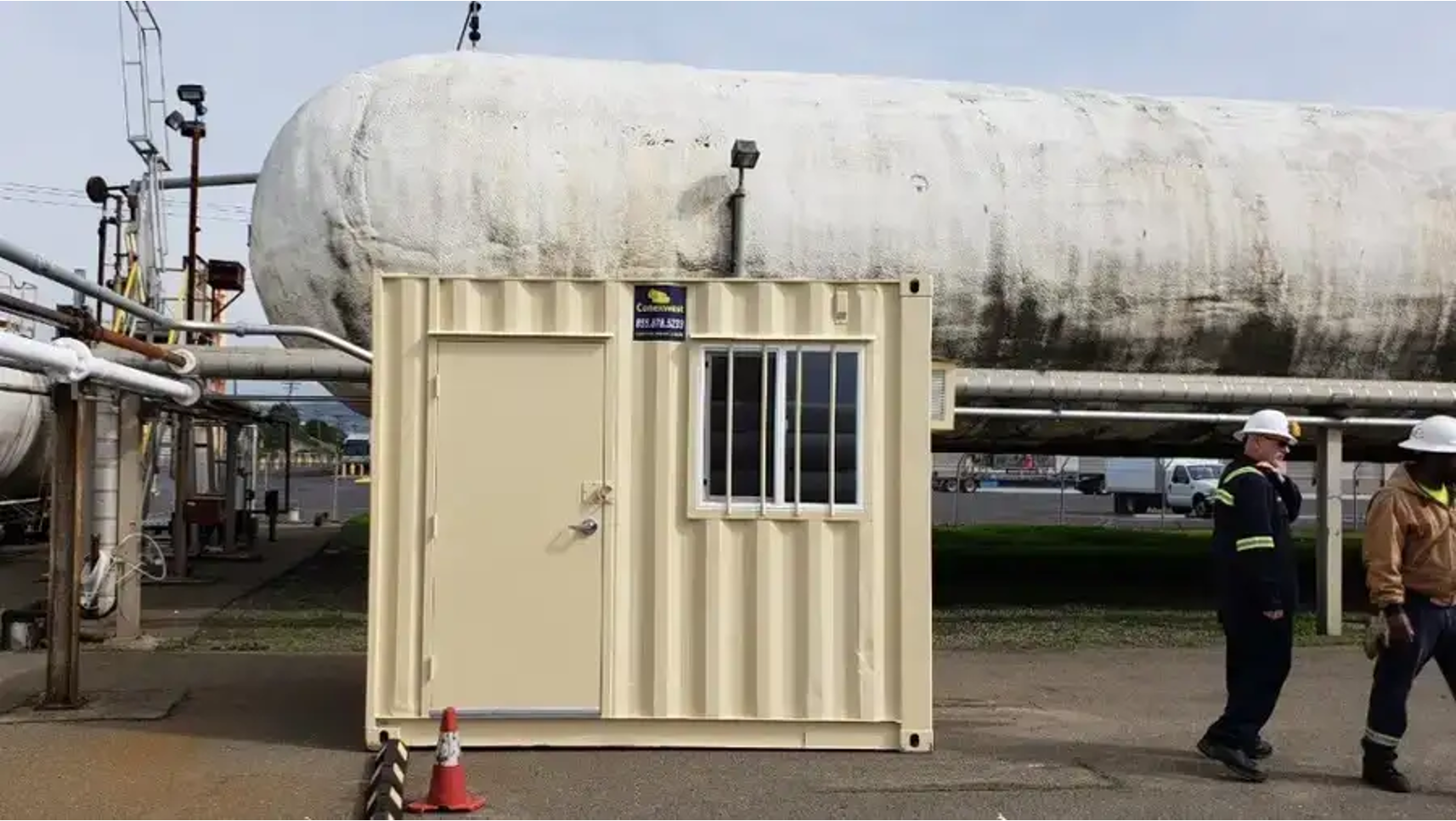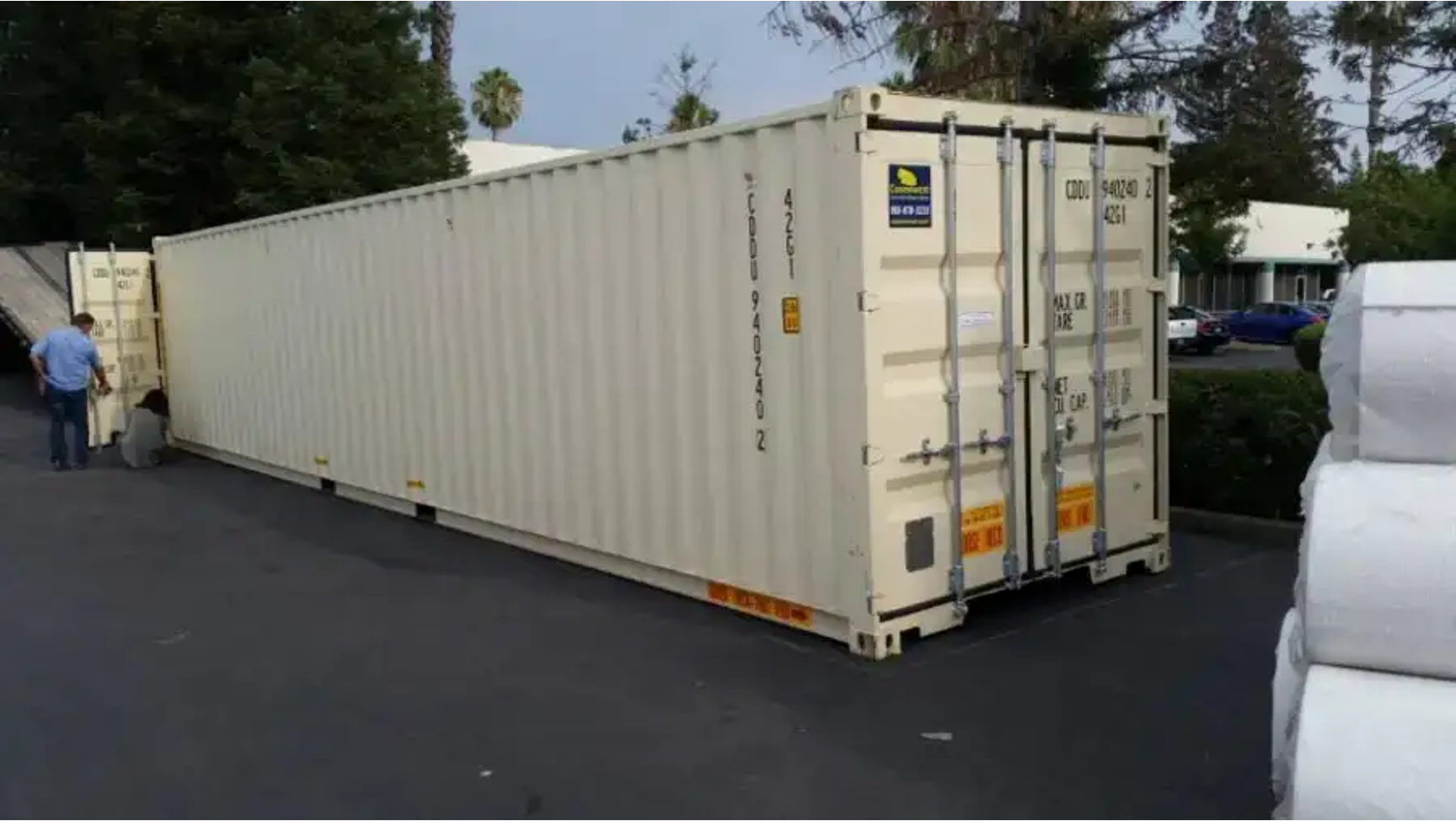New York Shipping Container Zoning Laws, Permits & Building Code Requirements
Get a quoteNew York Shipping Container Zoning Law, Permit & Building Code Guide
Key Takeaways
- Shipping containers are legal in New York but must comply with zoning laws and building codes.
- Building permits are required for container structures, including detailed design plans.
- Containers must meet local building code standards for safety and structural integrity.
- Conexwest’s experts can help you easily comply with New York’s shipping container regulations.
Shipping Container Zoning Laws, Permits, & Building Code Requirements In New York
Zoning Laws
Zoning laws dictate where shipping containers can be placed based on land use designations such as residential, commercial, or industrial. Generally, shipping containers in New York can be used for:
- Temporary Storage: Often allowed without a permit for short durations (typically up to 60 days) in most municipalities.
- Construction Sites: Containers can be used during active construction for a limited period (commonly up to 180 days) with a valid building permit.
- Permanent Structures: Containers used as permanent fixtures or residences must comply with more stringent zoning and building codes.
Permits
The need for permits is influenced by the intended use of the shipping container:
- Temporary Use Permits: Required for short-term placements, especially in commercial zones.
- Building Permits: Necessary if the container is to be used as a permanent structure or modified significantly (e.g., converted into a home).
- Container Permits: Some municipalities require specific permits for long-term container use, particularly in commercial and industrial zones.
Building Codes
Shipping containers must adhere to local building codes for safety and structural integrity. These codes may include:
- Compliance with the International Building Code (IBC) or International Residential Code (IRC).
- Requirements for insulation, plumbing, electrical systems, and fire safety measures if the container is converted into a living space.
Here are examples of shipping container laws in some popular cities in New York:
1. Town of Catskill
In Catskill, NY:
- Portable site storage containers are allowed for up to 60 days without a permit.
- Containers can be used for up to 180 days during active construction with a building permit; extensions may be granted upon application.
- A container permit is required for long-term placement in General Commercial, Highway Commercial, or Industrial districts. Specific criteria include:
- Maximum height of 10 feet.
- Setback requirements from property lines (20 feet from non-residential areas; 50 feet from residential).
- Screening requirements if visible from public roads or adjacent properties.
2. Town of Rensselaerville
Rensselaerville has established rules that state:
- Shipping containers can be used temporarily for moving/storage for up to 60 days without regulation.
- During active construction, they may remain for up to 180 days with an issued building permit; extensions are possible.
- Containers are treated as accessory structures and must comply with local zoning laws.
Conexwest, a leader in shipping and storage solutions based in Northern California, offers new, used, and refurbished containers from 10ft to 45ft, with fast delivery within 3–7 days and container fabrication options like adding shelves and locks. We serve over 10,000 customers nationwide, including prestigious clients like the U.S. Navy and Google. As an ISO 9001 and AWS-certified company, we ensure top quality and competitive pricing. |
Tips For Complying With New York’s Regulations

Different municipalities have different regulations. So, it’s best to visit your local authority first.
1. Prepare Detailed Plans
Create and submit detailed site plans showing the proposed location of the shipping container, including property lines and existing structures.
Include specifications about the container's dimensions, color, and any proposed screening methods to minimize visual impact.
2. Maintain Compliance with Setback Requirements
Adhere to local setback rules, which dictate how far the container must be from property lines and other structures.
For example, some municipalities may require a minimum of 20 feet from side or rear lot lines and greater distances from residential properties.
3. Consider Aesthetic Regulations
Be mindful of aesthetic guidelines that may require containers to be painted in uniform colors or screened with landscaping or fencing. This is particularly important in residential areas where visual impact is a concern.
4. Prepare a Firm Base for the Container
The shipping container should be placed on a stable surface capable of supporting its weight and contents. Common bases include concrete slabs or asphalt surfaces that prevent shifting or settling.
5. Consult with Local Authorities
Engage with local building inspectors or zoning officials early in the process to clarify requirements and avoid potential issues. They can provide guidance on necessary documentation and help streamline your application process.
6. Stay Informed about HOA Rules
If your property is part of a Homeowners Association (HOA), review their rules regarding shipping containers as they may have additional restrictions. Obtain any required approvals from the HOA before proceeding with your plans.
7. Plan for Inspections
Be prepared for inspections as part of the permitting process. Check that your container meets all safety and building code requirements or else you may have to face delays in your project.
8. Maintain Open Communication with Neighbors
Inform neighbors about your plans to place a shipping container on your property, especially if it may affect their views or property use. Address any concerns they may have proactively to foster goodwill and avoid disputes.
Choose Conexwest For Your Shipping Container Needs

Conexwest can modify shipping containers as per your local regulations.
For your shipping container needs, choosing Conexwest means you’re selecting a partner dedicated to quality, versatility, and compliance. Here’s why we stand out in the industry and how we can assist you in overcoming the complexities of New York's shipping container regulations:
1. Extensive Selection of Containers
We provide a wide range of shipping containers, including standard, insulated, refrigerated, and custom options in sizes from 10 to 45 feet. Storage, office space, or specialized applications like freezer units - we have the right solution for you.
2. Customization and Fabrication Services
With us, you can modify your container with features such as windows, HVAC systems, electrical setups, specialized doors, and more. Our experienced team can help transform your container into a functional space for applications like a mobile office or a pop-up shop.
3. Expertise in Compliance
Complying with New York's shipping container zoning laws and building codes can be complex. However, we are here to guide you through the process. Our knowledgeable staff can provide insights into your local regulations and help you meet all your container-related requirements.
4. Transparent Pricing
We believe in upfront and transparent pricing with no hidden fees. When you work with us, you will receive clear quotes based on your needs without any surprises down the line.
5. Customer-Centric Approach
Our focus is on delivering an exceptional customer experience. Thus, from the initial inquiry through delivery and beyond, our team is dedicated to providing support and answering any questions you may have.
6. Warranty Coverage
We stand behind the quality of our containers with strong warranty coverage - 10 years for new ISO shipping containers and 5 years for used ones. This commitment reflects our confidence in the durability and reliability of our products.
Frequently Asked Questions (FAQs)
- Can I use a shipping container in residential areas of New York?
Shipping containers may be permitted in residential areas, but regulations are stricter. Generally, they cannot be placed in front yards and may require a special permit or approval from a HOA.
- What should I do if I want to modify my shipping container?
If you plan to modify your shipping container (e.g., adding windows or doors), you will likely need to obtain a building permit and make sure that your modifications comply with your local building codes.
- What are the aesthetic requirements for visible containers?
If a shipping container is visible from adjoining lots or public roads, it must be painted a uniform color and appropriately screened using landscaping or fencing to provide an opaque sight barrier at least equal to the height of the container.
- What types of shipping containers do you provide?
We have a wide range of shipping containers, including new, used, and refurbished options in sizes from 10 to 45 feet. Our inventory includes standard storage containers, refrigerated units, and custom-modified containers to meet various needs.
